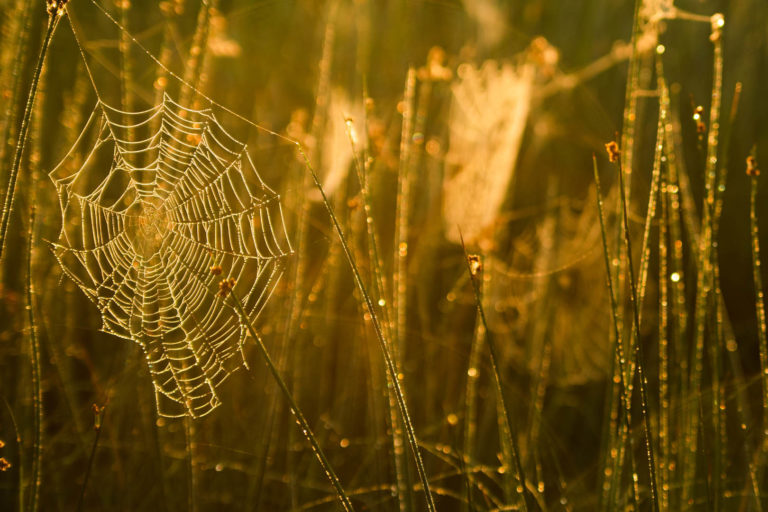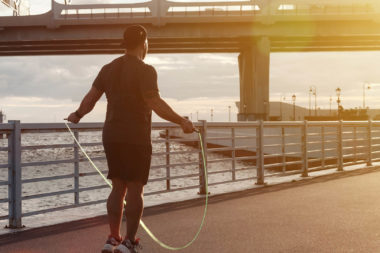

What is fascia?
The traditional view of fascia is that it is the silvery-white sheet we see around a muscle (piece of meat)! It gives a thought that it divides the body into different layers of tissue, which is true but not the whole truth!
Fascia is much more than that! Very little attention has been paid to the macroscopic and histological structure of the fascia, just like its functional and sensory behavior.
During dissections, all these layers, the fascia, have been removed, which has made it harder to understand its continuous structure throughout the body and accordingly its function of maintaining contact, communication and separation between tissues and organs!
Carla Stecco and Fabrice Duparc write in 2011 in # 33 of “Surgical and Radiologic Anatomy” that of all the articles published in this publication during the last decade, only 14 titles have mentioned the word fascia! Probably many more today, nine years later.
Fascia is ubiquitous, everywhere in the body. It permeates the whole body, forming a continuous three-dimensional matrix of structural support which interpenetrates and surrounds all tissues and organs. This fascial system creating a unique environment for body systems functioning (Findley & Schleip, 2007). Fascia is both a tissue and a system.
Our entire body, all tissues, consists of cells and the substance that exists outside, around the cells, what is the extracellular matrix, also called ECM. ECM consists of fibers and fluid. Fiber proteins, mostly as collagen, and a viscous fluid, a gelatinous substance which is called the ground substance, and this fluid, of course, contains a lot of water.
The fluid fills the spaces between the fibers and the cells and is responsible for molecular transport between blood, lymph and cells. Thus, it also permeates the insides of cells. This viscous fluid also provides shock absorption and slide ability for the collagen fibers.
The fibers give support and structure to the body, stability and elasticity and provide mechanical linkages between cells and between fibers and cells. So, all cells in the various organs in the body are bound together by this extracellular matrix which allows the whole body to communicate as a whole!
The cells in our body have different tasks depending on what type of tissue and organs they exist in, eg muscle cells build up muscles and can contract, osteoblasts and osteocytes, build up bone tissue etc. But all these cells exist in a continous structure, the extracellular matrix, as said above, so that they can communicate and know each other! This ECM, woven everywhere in the body’s tissues, is what we call the fascia but also the fascia must have cells that make up its constituents and “control” the composition of the fascial system, depending on the demands placed on that particular part of the body in a certain moment.
The most abundant cells in the fascia are the fibroblasts, which produce collagen and most of the components in the ECM. There are also other cells like fasciacytes, which form hyaluronic acid and telocytes which are intercellular communicators.
This fascial network of fibers and ground substance extends from the skin surface, down to the depth in all directions, with fiber proteins that form so-called fibrils, which are woven into each other and have a continuity all the way into the periosteum and bone tissue and all organs and cells in the body. Thus, everything is linked together, right down to the cell level and into the nuclei of the cells via the cell skeleton. Living matter, the body, is not organized in stratified layers of sheaths (Guimberteau 2013). Fascia is not a homogenous and isotropic.
Fascial structural network from epidermis to bone tissue is not only a connective tissue but is fundamental for the body as a whole! The cells of the body alone cannot assemble tissues into a coherent whole. The cells require support and a structural scaffolding. That scaffolding is the fascial system! Fascia is the only tissue that has contact with all other tissues in the body (Langevin 2002, 2006, Pischinger 2007).
Researchers categorize fascia in many different ways. For example, it is categorized based on function, location or composition. Lesondak 2017, make four distinctions of fascia based on location;
- Superficial fascia
- Deep fascia
- Meningeal fascia
- Visceral fascia
Guimberteau & Armstrong, 2015, in the book ”Architecture of Human Living Fascia”, Guimberteau suggest the following definition of fascia;
“Fascia is the tensional, continuous fibrillar network within the body, extending from the surface of the skin to the nucleus of the cell. This global network is mobile, adaptable, fractal, and irregular; it constitutes the basic structural architecture of the human body.”
The Fascia Research Society and Fascia Nomenclature Committee, with Stecco, Adstrum, Schleip, Hedley, Yucesoy in the head, have suggested the latest nomenclature of the fascial system 2018, as following;
”The fascial system consists of the three-dimensional continuum of soft, collagen containing, loose and dense fibrous connective tissues that permeate the body. It incorporates elements such as adipose tissue, adventitiae and neurovascular sheaths, aponeuroses, deep and superficial fasciae, epineurium, joint, capsules, ligaments, membranes, meninges, myofascial expansions, periostea, retinacula, septa, tendons, visceral fasciae, and all the intramuscular and intermuscular connective tissues including endo-/peri-/epimysium. The fascial system surrounds, interweaves between, and interpenetrates all organs, muscles, bones and nerve fibers, endowing the body with a functional structure, and providing an environment that enables all body systems to operate in an integrated manner.”
Jap van der Wal, 2009:
”The architecture of the connective tissue, including structures such as fasciae, sheaths and membranes, is more important for understanding functional meaning than is more traditional anatomy, whose anatomical dissection method neglects and denies the continuity of the connective tissue as integrating matrix of the body.”
With these explanations of fascia you understand how important it is to see the body as a whole and not part by part as it is usually done so far! Findley’s phrase “Fascia is everything” is now easy to understand!




























































